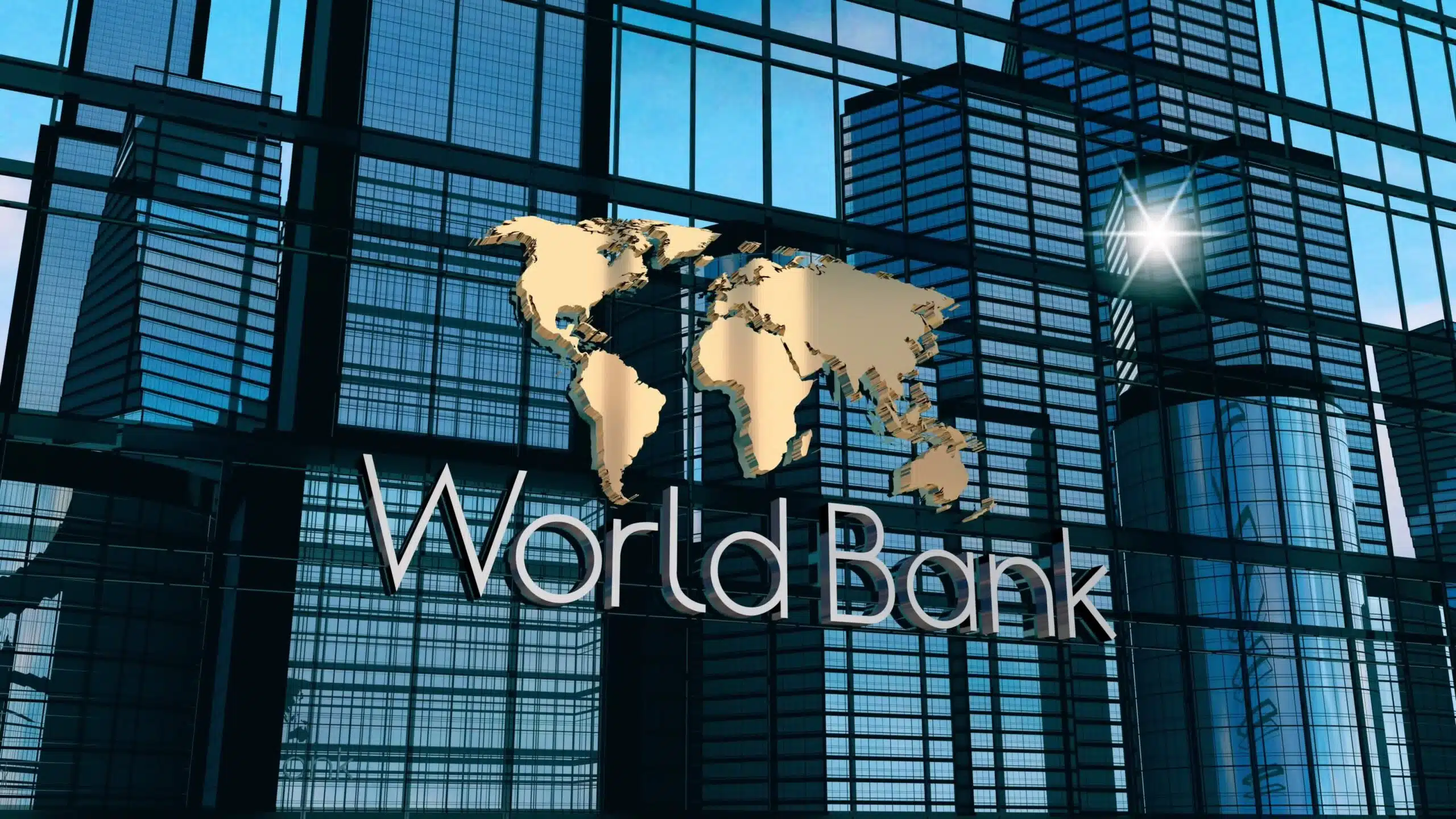The World Bank has upgraded Saudi Arabia’s economic growth forecast for 2025 to 3.2 percent, citing stronger oil output and robust non-oil activity, up from the 2.8 percent projected in April.
The Kingdom’s economy expanded 3.9 percent in the first half of 2025, supported by increased oil production and sustained growth in services. Growth is expected to accelerate further, reaching 4.3 percent in 2026 and 4.4 percent in 2027.
The updated outlook aligns with other institutions. The International Monetary Fund projected 3.6 percent growth for 2025 and 3.9 percent in 2026, while the OECD raised its 2026 forecast for Saudi Arabia to 3.9 percent, up from 2.5 percent.
The World Bank noted:
“In Saudi Arabia, real GDP grew by 3.9 percent during the first half of 2025 and is forecast to grow by 3.2 percent for all of 2025. This is a major increase from the 2 percent growth rate of 2024 — driven by oil production expansion and strong non-oil sector growth, particularly for services.”
Economic growth in the Middle East region is projected at 2.8 percent this year, up 0.2 percentage points from April. GCC countries are expected to grow 3.5 percent in 2025, with further expansion of 4.4 percent in 2026 and 4.7 percent in 2027, benefiting from phasing out voluntary oil cuts and robust non-oil industries.
The report highlighted strong tourism growth in Saudi Arabia. In September, the Saudi Summer program welcomed over 32 million domestic and international tourists, a 26 percent increase from 2024, generating SR53.2 billion ($14.2 billion) in spending, up 15 percent year-on-year.
The World Bank also projected UAE GDP growth of 4.8 percent in 2025, rising to 5 percent in 2026 and 5.1 percent in 2027. Qatar, Bahrain, Kuwait, and Oman are also expected to see moderate growth, while Saudi Arabia maintains a healthy inflation rate of 2.3 percent in 2025 and 2.2 percent in 2026.
Labor market reforms were emphasized, particularly increasing female workforce participation. Saudi Arabia has made notable strides, surpassing its Vision 2030 target of 30 percent female participation and aiming for 40 percent by 2030.The report stated:
“The surge was evident across all age groups, and gains were especially pronounced among groups of women who historically had low participation and represented a small share of the labor force.”

